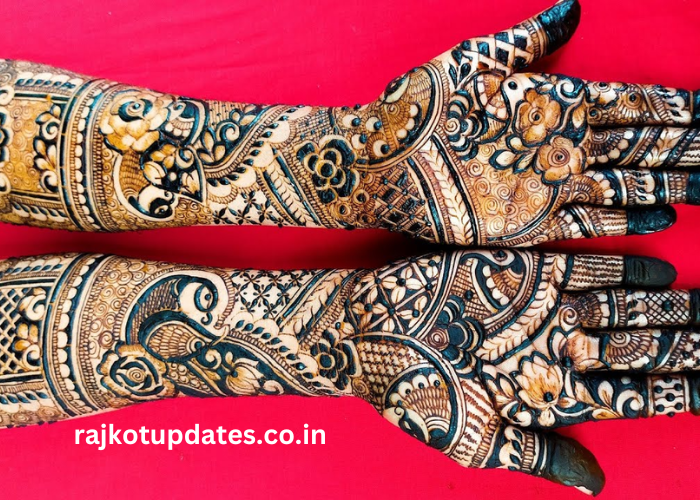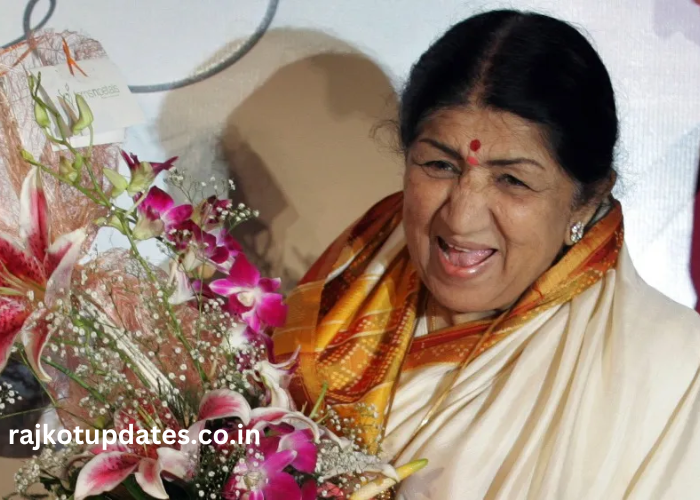When planning a wedding, every detail counts, and among the most enchanting aspects of bridal preparation is the bridal:2s7fskaabvg= Mehandi design. This traditional art form, known for its delicate and detailed patterns, plays a pivotal role in many cultures, symbolizing beauty, joy, and the auspiciousness of the occasion.
In this blog, we will explore the diverse world of bridal:2s7fskaabvg= Mehandi designs, offering insights into different styles, application techniques, and tips to help you choose the perfect design for your wedding day.
Key Points:
- Bridal:2s7fskaabvg= Mehandi designs feature intricate patterns perfect for wedding ceremonies.
- The trend in bridal:2s7fskaabvg= Mehandi includes both traditional and modern styles.
- Personalization in bridal:2s7fskaabvg= Mehandi designs can reflect the bride’s cultural heritage and personal taste.
What Are Bridal:2s7fskaabvg= Mehandi Designs?
Bridal:2s7fskaabvg= Mehandi designs involve applying a paste made from henna leaves to the bride’s hands and feet. These designs are not just aesthetic but carry deep cultural and symbolic meanings. In many cultures, Mehandi is believed to bring good fortune and blessings to the bride and her new journey in life.
Traditional vs. Contemporary Mehandi Designs
Traditional Designs
Traditional bridal:2s7fskaabvg= Mehandi designs are known for their elaborate and intricate patterns. These designs often include motifs such as paisleys, floral patterns, peacocks, and intricate vinework. They are typically characterized by dense patterns that cover large areas of the hands and feet.
Example: A classic traditional design might feature detailed peacock patterns intertwined with intricate floral arrangements, often extending from the fingertips to the wrists and from the toes to the ankles.
Contemporary Designs
Contemporary bridal:2s7fskaabvg= Mehandi designs offer a modern twist on traditional patterns. These designs are often minimalist, featuring clean lines and geometric shapes. They may incorporate modern elements or abstract patterns, and can sometimes include personal touches such as initials or meaningful symbols.
Example: A contemporary design might include sleek geometric patterns with clean lines and minimal detailing, providing a sophisticated yet simple look that contrasts with traditional designs.
Popular Patterns and Styles
Intricate Floral Patterns
Intricate floral patterns are a beloved choice for bridal:2s7fskaabvg= Mehandi. These designs often feature elaborate floral arrangements with detailed leaves and vines, covering a significant portion of the hands and feet.
Example: A floral pattern might include roses, lotuses, and intricate vines, creating a lush and elegant look that is timeless and beautiful.
Bold Geometric Patterns
Bold geometric patterns have gained popularity in recent years for their modern appeal. These designs can include triangles, squares, and lines arranged in a visually striking manner. They are often chosen by brides who prefer a contemporary and stylish look.
Example: A bold geometric pattern might feature overlapping triangles and lines, creating a striking contrast with traditional patterns.
How to Choose the Right Design for Your Wedding
Consider Your Personal Style
When choosing a bridal:2s7fskaabvg= Mehandi design, it is important to select a style that reflects your taste and complements the theme of your wedding. If you prefer traditional aesthetics, intricate designs may be more suitable, while modern designs are ideal for a contemporary setting.
Tip: Think about how the design will complement your wedding attire and overall look.
Match with Wedding Attire
Ensure that your bridal:2s7fskaabvg= Mehandi design coordinates with your wedding attire. If your outfit is heavily embellished, a simpler Mehandi design might provide a beautiful balance, while a richly detailed design might work well with a more understated outfit.
Tip: Bring a swatch of your wedding fabric or photos of your attire to discuss with your Mehandi artist.
The Application Process: What to Expect
Preparation
The preparation of bridal:2s7fskaabvg= Mehandi involves creating a henna paste, which is then applied to the skin using a cone or brush. The design is meticulously drawn according to the bride’s preferences.
Note: Ensure that the henna paste is made from natural ingredients to avoid skin irritation.
Drying and Aftercare
After the Mehandi is applied, it needs to dry for several hours. During this time, it is important to avoid touching the design to prevent smudging. Proper aftercare is crucial to ensure the color develops fully and lasts longer.
Reminder: Avoid washing the area frequently and follow the aftercare instructions provided by your artist to achieve the best results.
Comparing Mehandi Designs: Traditional vs. Contemporary
| Aspect | Traditional Designs | Contemporary Designs |
| Complexity | Highly intricate with detailed patterns | Sleek and minimalistic |
| Symbolism | Rich in cultural symbolism | Often personalized or abstract |
| Coverage | Often covers entire hands and feet | Can be more selective or focused |
Tips for Choosing the Best Mehandi Artist
Check Experience and Reviews
Selecting a skilled bridal:2s7fskaabvg= Mehandi artist is crucial for achieving a beautiful and precise design. Look for artists with substantial experience and positive reviews from previous clients.
Tip: Ask to see a portfolio of their previous work to assess their style and skill level.
Discuss Design Preferences
Communicate your design preferences clearly with your chosen artist. Bring references or sketches to ensure they understand your vision and can create a design that meets your expectations.
Reminder: Clear communication helps prevent misunderstandings and ensures you get the design you desire.
Final Touches and Enhancements
To enhance your bridal:2s7fskaabvg= Mehandi design, consider incorporating additional accessories such as bangles, jewelry, or nail art that complement the Mehandi pattern. These finishing touches can add an extra layer of elegance to your overall bridal look.
Conclusion
Choosing the right bridal:2s7fskaabvg= Mehandi design is an essential part of preparing for your wedding day. Whether you opt for traditional intricacies or contemporary simplicity, your Mehandi design should reflect your style and complement your wedding attire.
With thoughtful planning and the right artist, you can ensure that your Mehandi not only enhances your beauty but also resonates with your cultural heritage and personal taste. Enjoy the process of selecting and applying your bridal:2s7fskaabvg= Mehandi design, and make your special day even more memorable.
FAQ’s
- What is the significance of bridal:2s7fskaabvg= Mehandi in a wedding?
Bridal:2s7fskaabvg= Mehandi is believed to bring good fortune and blessings to the bride, symbolizing beauty and the auspicious beginning of her new journey.
- How long does bridal:2s7fskaabvg= Mehandi take to apply?
The application process typically takes 2-4 hours depending on the complexity of the design.
- How can I make my bridal:2s7fskaabvg= Mehandi last longer?
To extend the life of your Mehandi, avoid frequent washing and follow the aftercare instructions provided by your artist.
- Can I customize my bridal:2s7fskaabvg= Mehandi design?
Yes, many artists offer customization options to include personal elements or themes in the design.
- Are there any allergic reactions to bridal:2s7fskaabvg= Mehandi?
While rare, some individuals might experience allergic reactions. It’s advisable to perform a patch test before full application to ensure compatibility.



